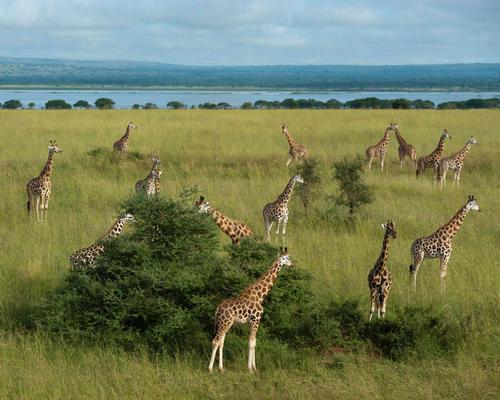22 May 2018
A third of the world's protected areas under pressure from human activity, says study
BY Tom Anstey

New research has suggested that a third of the world's protected sites – an area covering roughly 2.3 million square miles – are under intense pressure from human activities.
The study – published in the journal Science and carried out by the University of Queensland, Wildlife Conservation Society (WCS), and University of Northern British Columbia – revealed that protected areas worldwide are now under intense human pressure from activities including road building, grazing, and urbanisation.
Looking at global human footprint maps, the study's authors revealed that 32.8 per cent of protected land is "highly degraded", with 55 per cent experiencing human pressure increases since the Convention on Biological Diversity (CBD) – a measure designed to halt biodiversity loss through protected area creation – was ratified in 1992.
The land mass is equivalent to an area of land at risk which is nearly the size of Australia. Since 1992, the amount of protected sites globally have doubled in size, with more than 202,000 such areas covering 15 per cent of the world's land mass. By the end of 2020, that figure is expected to reach 17 per cent. The authors warn, however, that CBD goals will be "severely undermined" if widespread human pressure continues inside protected areas.
"The study is a reality check for nations striving to meet commitments under the CBD to halt biodiversity loss through protected area creation," said the paper’s lead author, Kendall Jones of the University of Queensland.
"A well-run protected area network is essential in saving species. If we allow our protected area network to be degraded there is no doubt biodiversity losses will be exacerbated."
According to the study, the world's governments are overestimating the space available for nature inside protected areas, which is why it says biodiversity is in decline despite more and more land designated "protected". The most affected areas were found in Asia, Europe and Africa – all high population areas. Areas with strict biodiversity conservation objectives have been subject to significantly lower levels of human pressure, says the study.
“We know protected areas work – when well-funded, well-managed and well placed, they are extremely effective in halting the threats that cause biodiversity loss and ensure species return from the brink of extinction," said Professor James Watson of WCS and the University of Queensland – a senior author on the study.
"There are also many protected areas that are still in good condition and protect the last strongholds of endangered species worldwide. The challenge is to improve the management of those protected areas that are most valuable for nature conservation to ensure they safeguard it.
"We’ve got to recognise that these jewels in the crown need support – there are some protected areas that are safeguarding nature and that still haven’t got any evidence of human encroachment in them. We must ensure these values are maintained."
Close Window